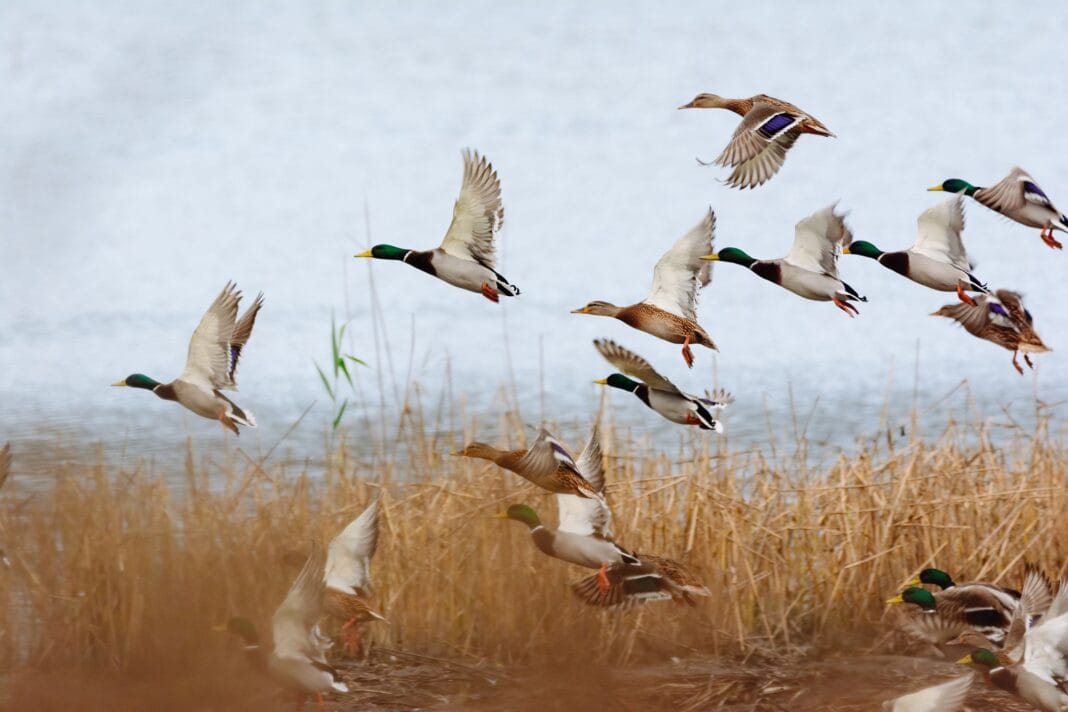Duck hunting is a revered tradition shared by outdoor enthusiasts, offering the thrill of the hunt amidst serene natural settings. Success in duck hunting heavily relies on how well hunters can blend into their surroundings. A well-constructed and properly camouflaged duck hunting blind can make all the difference. This guide will walk you through the steps to set up an effective duck hunting blind for maximum camouflage.
Understanding the Importance of Camouflage in Duck Hunting
The Role of Camouflage
Camouflage in waterfowl hunting is crucial for concealing hunters from the keen eyes of ducks. Ducks have excellent vision, and the slightest unnatural movement or color can alert them to danger, deterring them from landing within shooting range.
Types of Hunting Blinds
There are various types of hunting blinds, each suited to different environments, including:
- Permanent Blinds: Built using natural materials or man-made components, these are meant for repeated use in the same location.
- Portable Blinds: Made from lightweight materials, these are easily set up and removed, offering flexibility in location.
- Pop-Up Blinds: Similar to tents, these are quick to deploy and ideal for temporary setups.
Choosing the Right Location
Scouting the Area
Scout your potential hunting area thoroughly. Look for natural features that offer some level of concealment, such as tall grass, reeds, or natural depressions, and observe where ducks are frequently seen.
Considering Wind Direction
Ensure your blind is placed downwind of where you expect ducks to be coming from. Ducks usually land into the wind, so positioning yourself appropriately can improve your chances of successful hunting.
Constructing the Blind
Selecting Materials
- Natural Vegetation: Use local vegetation like grass, reeds, or branches for effective camouflage.
- Camouflage Netting: Consider using netting specifically designed for duck hunting, which mimics natural surroundings.
Blending with the Environment
Use materials that match the surrounding foliage in color and texture. Vary the materials used to mimic the natural mix of the environment and create a 3D look to break up outlines.
Building for Comfort and Visibility
Construct your blind to be comfortable for prolonged periods. Ensure there’s enough space for movement without compromising concealment, and maintain clear shooting lanes.
Enhancing Camouflage Techniques
Minimizing Movement
Remain as motionless as possible. Incorporate natural features into the design that allow for small, hidden movements when necessary.
Using Shadows and Light
Position the blind to minimize casting shadows. Use the natural light angles to your advantage so your blind blends smoothly into the landscape.
Masking Scent
Though less critical than visibility, consider wind direction to ensure your scent does not reach incoming ducks.
Testing and Adjustments
Trial Runs
Conduct trial hunts to test the effectiveness of your blind. Pay attention to how ducks respond and be prepared to make adjustments.
Continual Adjustments
Natural environments change with seasons. Continually adjust your blind to maintain its effectiveness. Replace or add new natural materials to keep the blind looking fresh and inconspicuous.
Ethical and Safety Considerations
Ensuring Safety
Ensure your blind maintains a clear line of sight and an unobstructed field of fire. Communicate clearly with hunting partners about shooting zones.
Respecting Wildlife and Environment
Avoid damaging the environment when constructing your blind. Use sustainable practices and leave minimal impact on the habitat.
Setting up a duck hunting blind for maximum camouflage requires careful planning, adaptability, and a deep understanding of the environment. With the right techniques and attention to detail, hunters can improve their concealment, increasing their chances of a successful and rewarding hunt. Remember, the key to a great duck hunting experience lies in respecting nature while honing your skills.


